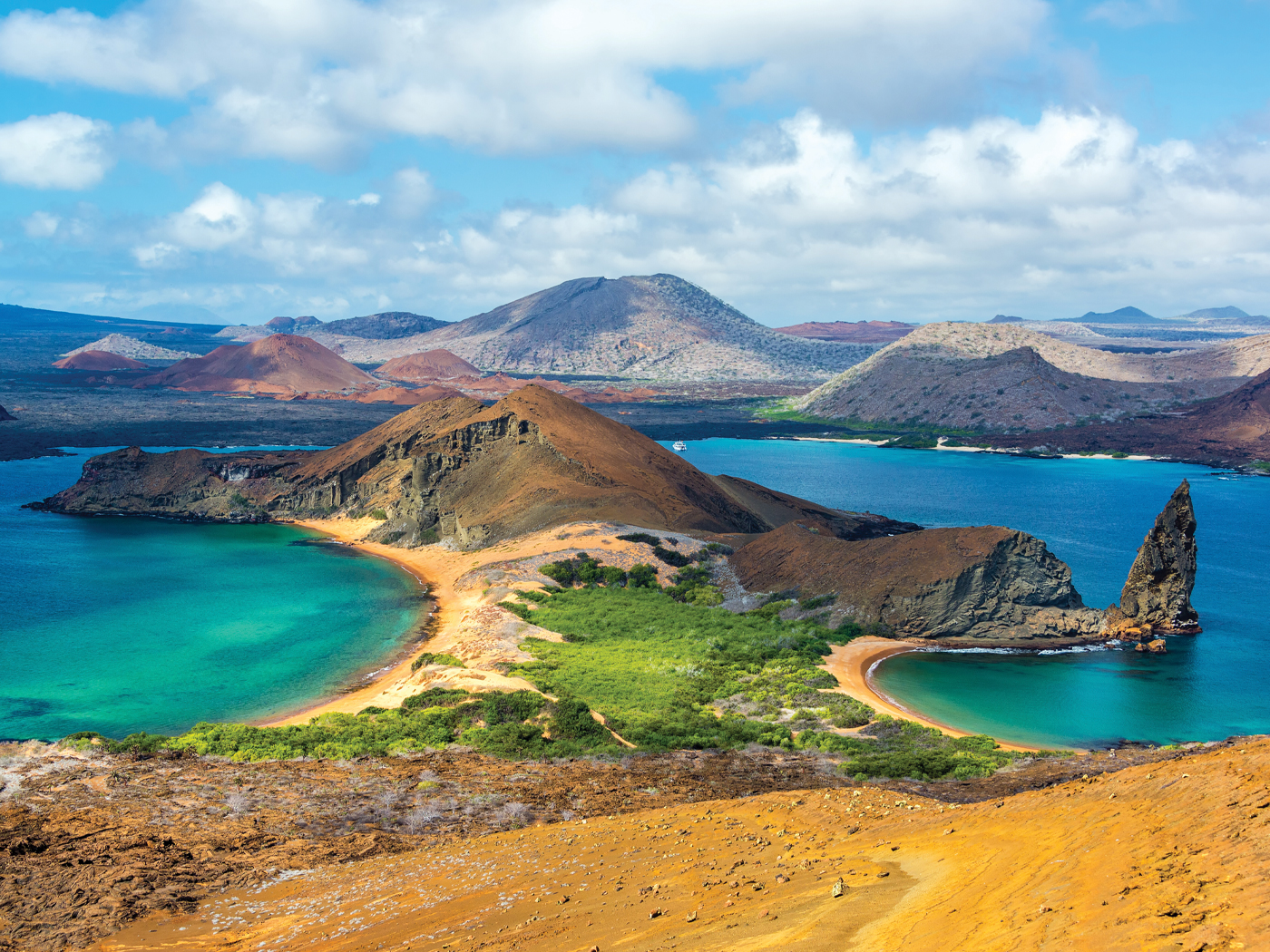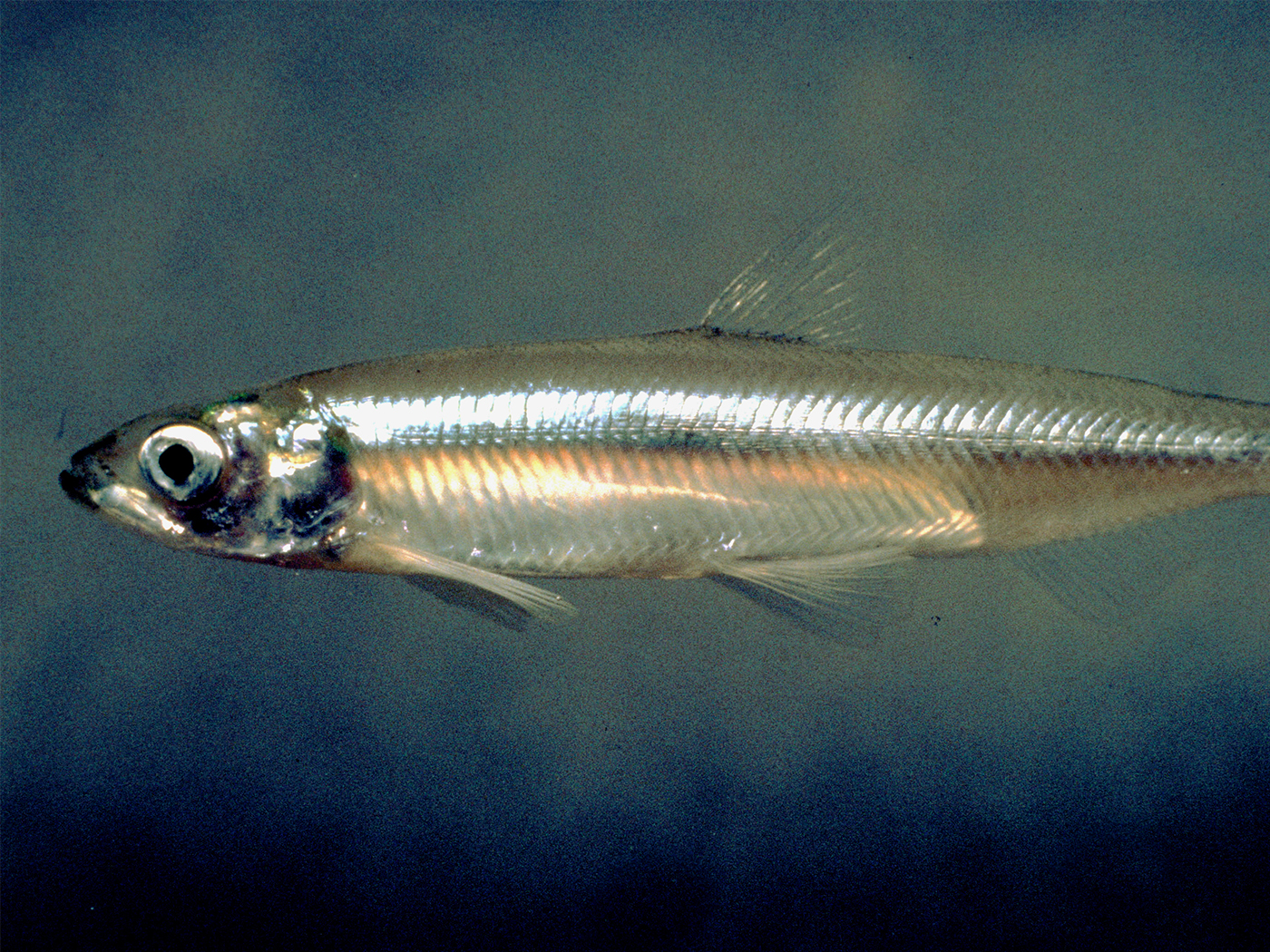This month, Science and Nature commemorated the anniversary of an important paper that was published in Science forty years ago, titled "Variations in the Earth's Orbit: Pacemaker of the Ice Ages."1,2,3 This paper convinced many secular scientists of the validity of the astronomical, or Milankovitch, ice age theory. According to the Milankovitch theory, ice ages are somehow "paced" by changes in the seasonal and latitudinal distribution of sunlight. These changes are caused by variations in Earth's orbital and rotational motions. Using data from two southern Indian Ocean deep-sea sediment cores, the Pacemaker paper purported to show that Earth had experienced climate cycles of approximately 100 thousand, 42 thousand, and 23 thousand years. Because these cycle lengths agreed with the lengths of orbital cycles predicted by the Milankovitch theory, it was seen as strong evidence for the Milankovitch ice age theory.
However, there are serious problems with this paper, which are discussed at length on this website.4,5 Before the authors could perform their analysis, they had to assign timescales to the two cores. Critical to these timescales, especially for the longer of the two cores, was an assumed age of 700 thousand years for the age of the most recent reversal (or "flip") of Earth's magnetic field.6 Yet a quarter century ago, secular scientists revised the age for this magnetic reversal boundary to 780 thousand years.7
This age revision is large enough to significantly affect the Pacemaker results. Because the original, unaltered, 10-centimeter-resolution data used in the Pacemaker paper seem to be publically unavailable, I had to reconstruct the data from the sediment cores using published figures in the Pacemaker paper. Then I used these reconstructed data to reproduce the results from the Pacemaker paper. Finally, I re-worked the calculations, after taking into account the effects of this age revision. This age revision lengthened the timescales assigned to the cores, which lengthened the apparent climate cycles. This was enough to knock the results out of alignment with the theory. Although the original reported lengths of the climate cycles largely agreed with Milankovitch expectations, this was no longer the case for the new results.
I have been unable, even after extensive internet searches, to find a single acknowledgement of this problem in the secular literature. Even after this problem was publicly discussed, beginning in March of this year, secular scientists still seem unwilling to acknowledge what appears to be a glaringly obvious problem in this iconic paper.8,9,10 Instead, they celebrate a paper that, by their own reckoning, has been invalid for at least a quarter century.
This fact has extremely important implications for geochronology and the "climate change" debate, which we hope to discuss in our January 2017 Acts & Facts.
References
- Hodell, D. A. 2016. The smoking gun of the ice ages. Science. 354 (6317): 1235-1236.
- Maslin, M. 2016. Forty years of linking orbits to ice ages. Nature. 540 (7632): 208-210.
- Hays, J. D., J. Imbrie, and N. J. Shackleton. 1976. Variations in the Earth's Orbit: Pacemaker of the Ice Ages. Science. 194 (4270): 1121-1132.
- Hebert, J. 2016. Milankovitch Meltdown: Toppling an Iconic Old-Earth Argument, Part 1. Acts & Facts. 45 (11): 10-13.
- Hebert, J. 2016. Milankovitch Meltdown: Toppling an Iconic Old-Earth Argument, Part 2. Acts & Facts. 45 (12): 10-13.
- Shackleton, N. J. and N. D. Opdyke. 1973. Oxygen isotope and paleomagnetic stratigraphy of equatorial pacific core V28-238: oxygen isotope temperatures and ice volumes on a 105 year and 106 year scale. Quaternary Research. 3 (1): 39-55.
- Shackleton, N. J., A. Berger, and W. R. Peltier. 1990. An Alternative Astronomical Calibration of the Lower Pleistocene Timescale Based on ODP Site 677. Transactions of the Royal Society of Edinburgh: Earth Sciences. 81 (4): 251-261.
- Hebert, J. 2016. Revisiting an Iconic Argument for Milankovitch Climate Forcing: Should the "Pacemaker of the Ice Ages" Paper Be Retracted? Part 1. Answers Research Journal. 9: 25-56.
- Hebert, J. 2016. Revisiting an Iconic Argument for Milankovitch Climate Forcing: Should the "Pacemaker of the Ice Ages" Paper Be Retracted? Part 2. Answers Research Journal. 9: 131-147.
- Hebert, J. 2016. Revisiting an Iconic Argument for Milankovitch Climate Forcing: Should the "Pacemaker of the Ice Ages" Paper Be Retracted? Part 3. Answers Research Journal. 9: 229-255.
Image credit: Copyright © 2015 NASA. Adapted for use in accordance with federal copyright (fair use doctrine) law. Usage by ICR does not imply endorsement of copyright holder.
*Dr. Hebert is Research Associate at the Institute for Creation Research and earned his Ph.D. in physics from the University of Texas at Dallas.
Article posted on December 26, 2016.














